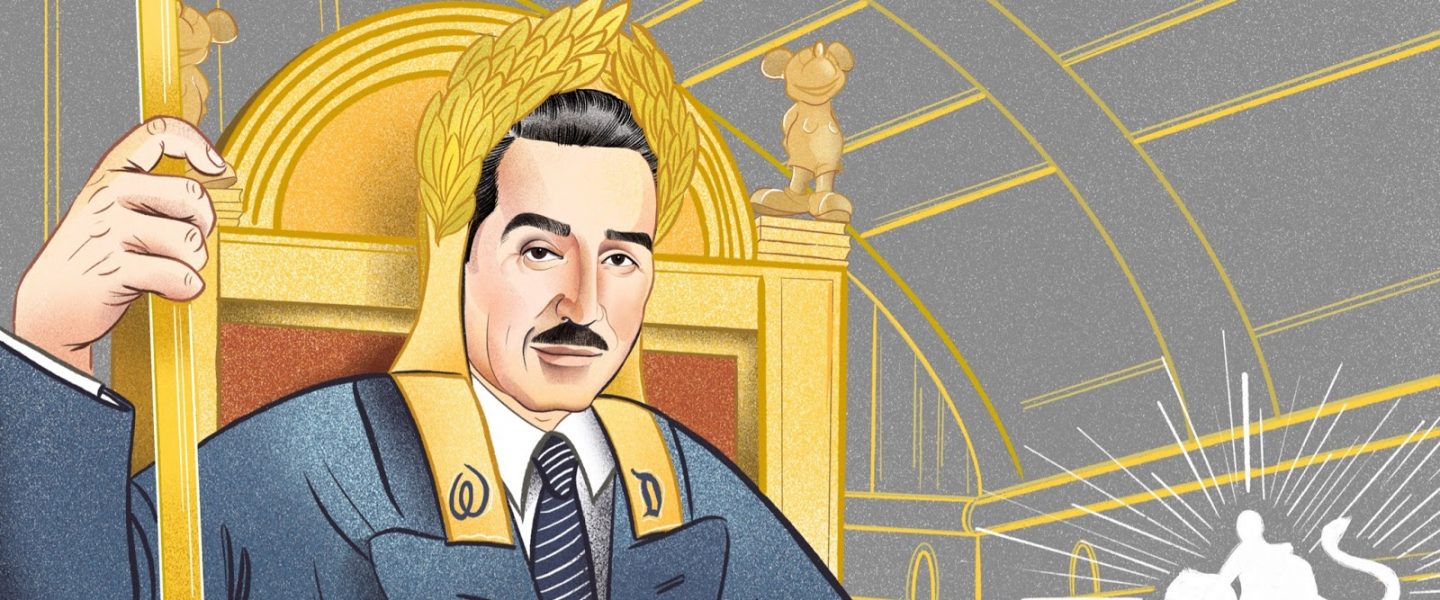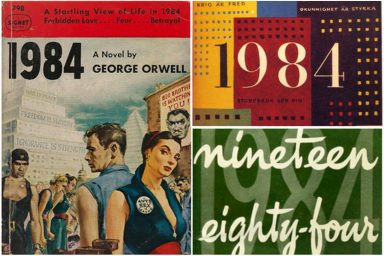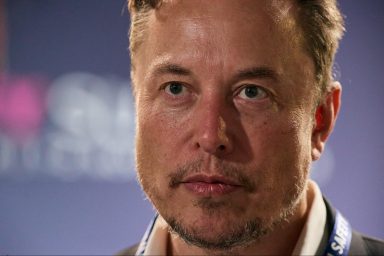The War for Your Attention Isn’t New
Media companies devour one another, but it’s all for entertainment.
Everywhere is Disneyland now.
Brother From Another Corporate Mother
Did you catch WandaVision? With all the streaming services out there, you’d be forgiven for missing it when it dropped in January, since it’s only available on Disney+. Maybe you’re already paying for too much content, or you don’t have a friend who’s promiscuous with their Disney+ login. That’s fine.
It’s a show from the Marvel Cinematic Universe, which Disney owns, in which a superhero named Wanda is trapped in a town, which is itself trapped in a TV show, and all of it is trapped in her mind. (The idea of being isolated from the real world, with only television to shape your reality, made WandaVision one of the more relevant pieces of content released during the pandemic.)
In one episode, Wanda’s brother Quicksilver shows up. Sort of. Because the Quicksilver she knew died in an Avengers movie a few years back, and when he was alive, he was played by the actor Aaron Taylor-Johnson. But this Quicksilver is played by Evan Peters. The meta in-joke here is that Peters did play Quicksilver, but in the movie X-Men: Days of Future Past, which was made by 20th Century Fox, which shared the movie rights to Quicksilver with Disney. That is, up until Disney went and bought Fox. So that’s why Wanda sort of dreamily recognizes Peters as her brother: In Disney’s corporate universe, he both is and is not Quicksilver.
Wanda’s superpowers include the ability to see beyond her brand. The story of Wanda and her “brothers” hints at the complex interrelationships of media companies — and in fact, turning corporate consolidation and intellectual property capture into basically a costume drama might be the best way to understand it.
https://www.youtube.com/watch?v=-wPuBxXvZiY
“Tell Me the Story of How You and Dad Consolidated”
This is fan service: winking at in-the-know viewers about how tough it’s been to translate Marvel’s comics characters to the screen when they’ve been licensed across a couple of film studios. But this “reunion” is also about a major media company, Disney, talking to us about corporate consolidation — about buying Fox — channeled through beloved characters. Maybe it’s Disney flexing over finally having complete control of most of Marvel’s characters, or it’s a subtle promise (threat?) to someday absorb all of our favorite characters and storylines, as Disney did with old fairy tales like Cinderella and Snow White and new fairy tales like Star Wars and Marvel.
Whatever the case, it is business ex machina: whispers from the burning bush, or a message from the gods, stepping down from Olympus. It’s a glimpse at the true Corporate Order that gives shape to all these tales, all this content.
You may have heard that AT&T will merge its WarnerMedia holdings with Discovery. Or that Amazon has announced that it’s going to become the first streamer to own a studio with its $8.45 billion purchase of MGM. Have you kept up with this? Why would you? What does it even mean?
These companies want to shape and guide your total experience. And to understand how and why they’d want to do that, we’ve got to go back to the guy who basically invented it, to Wanda’s corporate godfather — to good old Uncle Walt and the early days of commercial TV.
All-Seeing Walt
In the early 1950s, ABC was lagging in ratings and profits behind CBS and NBC, so it decided to invest in Disney, which at the time wanted to expand into TV.
The result, in 1954, was a weekly show called Disneyland. Hosted by Walt, it not only aired the Disney back catalog but also created inward-looking mini-documentaries on the making of upcoming Disney projects like 20,000 Leagues Under the Sea and Lady and the Tramp. The idea, writes Christopher Anderson in his book Hollywood TV, is that:
The series blurred any distinction between publicity and entertainment. … It educated viewers to perceive continuities among Disney films, to analyze certain aspects of the production process, and to recognize the studio’s body of work as a unified product of Walt’s authorial vision.
This vision’s greatest successes were the episodes of Disneyland about the making of Disneyland, the amusement park in Anaheim, CA. These aired throughout the first season, and culminated in — what else? — the opening of the park. “By constructing a story around the events of the park’s development, and by creating an analogy between the TV program and the park,” writes Anderson, “the Disney organization provided a narrative framework for the experience of Disneyland.”
By personifying his company on TV, Walt created a way to not only capture your attention but to, via merchandise and tourism, make sure “Disney” enveloped you completely.
Viewers began to experience Disneyland first through television, but the indoctrination could only be truly realized through a pilgrimage to the new park, to become a physical part of the media experience. As Anderson writes, “Disney succeeded by exploiting the quest for authentic experience,” which “exists somewhere outside the realm of daily experience in industrial society,” a “sublime, unmediated experience that is forever absent.”
Or, as Uncle Walt would say, “Disneyland the place and Disneyland the show are all the same.”
And this is what’s going on with AT&T, Amazon, and the media companies jostling for your attention. They want to do their own version of making “the place” and “the show” the same — to collapse any distinction into a lukewarm sea of content. It’s pleasant enough to float in, and apparently endless.
But where Walt Disney did this with some behind-the-scenes clips and a new kind of amusement park, modern media companies (including Disney!) rely more and more on your data — your viewing behaviors — to create a total entertainment experience.
Tune in next week for our next exciting episode: “It’s a Banal World, After All!”



